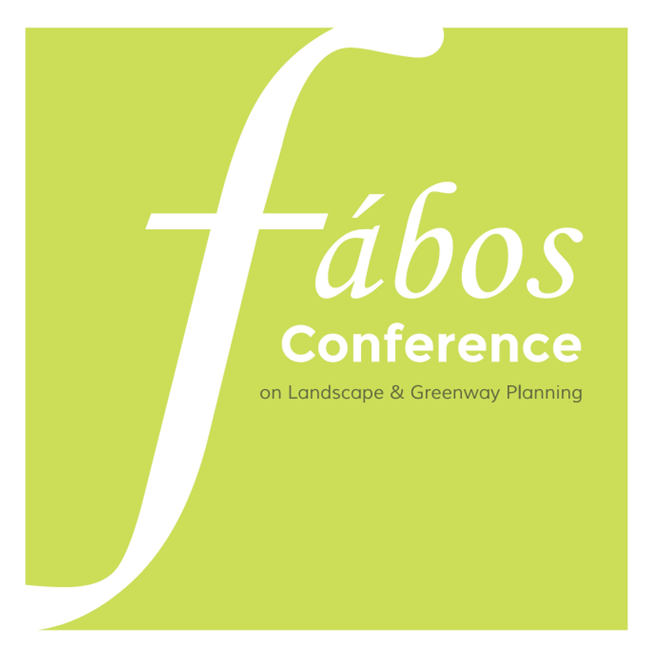Encouraging Enlightened Public Recreation as a Comprehensive Landscape Healing Strategy: A Case Study of the Loures Riverfront Case Study
Abstract
Gardens’ origin, and subsequent recent public parks, aim to create spaces for human leisure, relaxation, contemplation, that is, cultural landscapes of healing/well-being for human beings. This recalls the ancient concept of paradise. Such early creations, foster the contrast with the surrounding environment, constituting artifacts that seem to be separated from nature. Earlier surrounding environments gradually changed through human activities, initially dominated by pastures, agriculture and small settlements, and more recently with the sharp rise of intensive agriculture, urban expansion, industry and forestry production.
Hence, early contrasts initially separated from nature were now replaced by later ones derived from urbanization, farming, industry, among others. The massive reduction of pristine ecosystems is now escorted by worldwide national and regional strategies of protection. Conservation and connection between valuable territory parcels and their wise use for recreation, education and research, became highly desirable. Greenway concept has significantly assisted the implementation of planning and design aiming landscape quality.
The remaining natural habitats still occurring in intensively developed metropolitan areas, became valuable for nature conservation, but also attractive for public recreation. They are now priceless opportunities to create contemporary paradises that bring relaxion within highly urbanized landscape matrix. However, the fragility of these ecosystems, demands the comprehensive assess and understand prior to design strategies so to provide contemporary paradises in the form of public parks capable to induce an informed and enlightened public use.
This is the aim of the Loures Riverfront, recently design for public recreation, though embracing clear conservations strategies. This 85ha of marshland, fits between the densely urbanized Lisbon Metropolitan Area and the still natural Tajus River estuary. The narrow strip of marshes, co-exists and complements nearby larger areas of marshland, strongly protected by the Tagus Estuary Natural Park, in line with national and international conservation trends.
The desire to connect waterfront parks, south and north of Loures municipality, was understood as a unique opportunity, throughout an inter-municipality greenway with a metropolitan scale, for recreation and places’ healing: marshes, coastal waters, the Planet. The design intents, together with leisure, to rise public sensitivity and knowledge about these habitats. Design restrictions for minimizing negative impacts, became assets for landscape design inspiration. It enables a differentiated type of public recreation along 6,2Km, fostering the public knowledge about marshes that goes beyond nature conservation of Loures Riverfront reaching out a public empathy for global marshes’ system and their relationship with the nearby Atlantic Ocean.
Keywords: riverfront greenways; wooden paths; urban habitats; marshes; public-recreation, public sensitivity, riverfront greenways, wooden paths, urban habitats, marshes, public recreation
How to Cite:
Ribeiro, L., Barão, T. & Viana, c., (2025) “Encouraging Enlightened Public Recreation as a Comprehensive Landscape Healing Strategy: A Case Study of the Loures Riverfront Case Study”, Fábos Conference on Landscape and Greenway Planning 8(1). doi: https://doi.org/10.7275/fabos.2451
281 Views
104 Downloads
